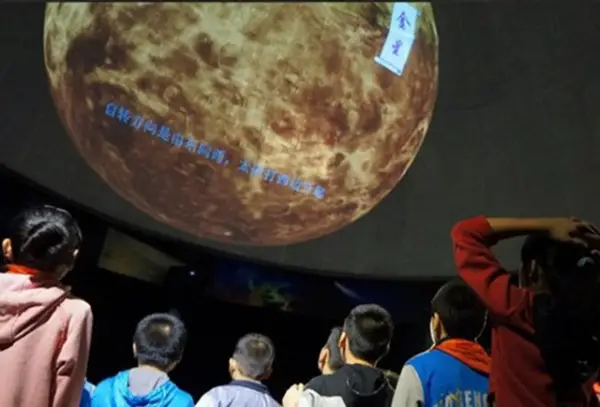Microsoft Research’s WorldWide Telescope enables space enthusiasts to explore the universe right from their computer. The tool turns users’ computer machine virtually into a telescope, helping them bring imagery from many of the world’s best ground- and space-based telescopes. It comfortably mixes terabytes of images in right combinations and pulls information about them from multiple sources into an immersive solution delivered over the Internet.

WWT brings Astronomy to Life
As a kind gesture, the team at Microsoft Research helped Asian schoolchildren experience the wonders of astronomy by installing a WWT-driven planetarium at the Shixinlu primary school in China and family events at Miraikan, Japan’s national science museum in Tokyo.
The China installation enables students to get a glimpse of the stars and the universe in an impressive planetarium setting. Moreover, the setting allows students to create their own tours of the heavens that can be later displayed on the planetarium dome.
In Japan, the story is not very different. Children and parents having interest in exploring space got a chance to learn use of the WWT program on Windows 8-based laptops. WorldWide Telescope 5.0 is the latest version of WorldWide Telescope (WWT). The feature-rich application is available to everyone as a free download. It runs on Windows 7 or Windows 8, in either 32- or 64-bit mode, depending on your operating system. The same, also supports native DirectX 11, DirectX 10, and has some support for down-level DirectX 9 hardware running through the DirectX 11 API
Microsoft Research Asia has always endeavored to bring science to the general public. We see Microsoft’s WorldWide Telescope technology as an ideal tool for public science education in Asia — opening the door to the vast, mysterious universe, says Tim Pan, Microsoft Research Asia’s university relations director.
The WorldWide Telescope is already in production use in many of the world’s premiere planetariums.
Leave a Reply